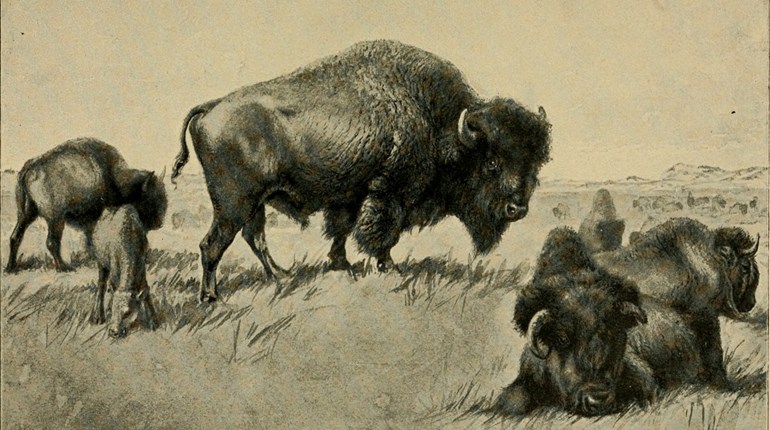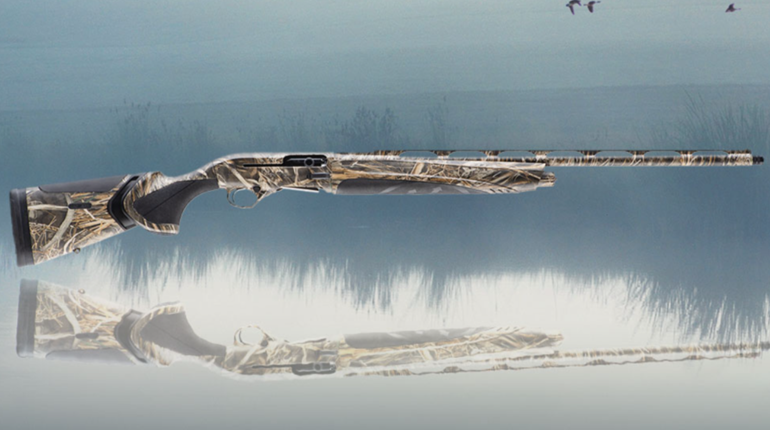Biologists have been warning us since at least the 1930s about disappearing wetlands and grasslands, especially in the famous prairie pothole “duck factory” of the northern plains. Despite the best efforts of state fish-and-game agencies, the U.S. Fish & Wildlife Service, Ducks Unlimited and Delta Waterfowl—funded almost solely by hunter donations, license fees and duck stamp dollars—wetlands have continued to be drained and grasslands plowed to feed an ever increasing human population. So why do we have so many ducks now?
Well, all our work certainly contributed. So did the vast expansion of undisturbed grasslands established and nurtured under the Conservation Reserve Program from 1985 until now. But it’s been maximized by something we can’t control: water.
Despite the drought in the Southwest and southern Plains states, the northern Plains, the famous pothole wetlands “duck factory” from South Dakota into the prairie parklands of Alberta, have been blessed with abundant snowmelt and spring/summer rains for several years. This has kept large wetlands wet plus produced an abundance of shallow, annual wetlands so critical to successful duck nesting. Last spring’s pond count was 7.2 million, 40 percent above the long-term average.
Grassland puddles and pools might dry up by July, but from March through June they provide a smorgasbord of invertebrates and emerging vegetation high in the calories, minerals and vitamins hens need for egg production. They also provide space and separation so ducks don’t feel crowded. Most like to nest in privacy. Tall grasses also thwart predators, making it hard for them to find and destroy nests. Finally, extra moisture prevents farmers from plowing many wetlands and working close to wetland edges.
Taken together, it’s been the “perfect storm” for maximum duck production in our remaining wetland/grassland complex. But enjoy it now because history shows that drought will return.
“The ongoing loss of grasslands and wetlands across the Prairie Pothole Region will increasingly impact the number of ducks in the fall flight, long term,” a Ducks Unlimited spokesman said. “We still have much work to do.”





































